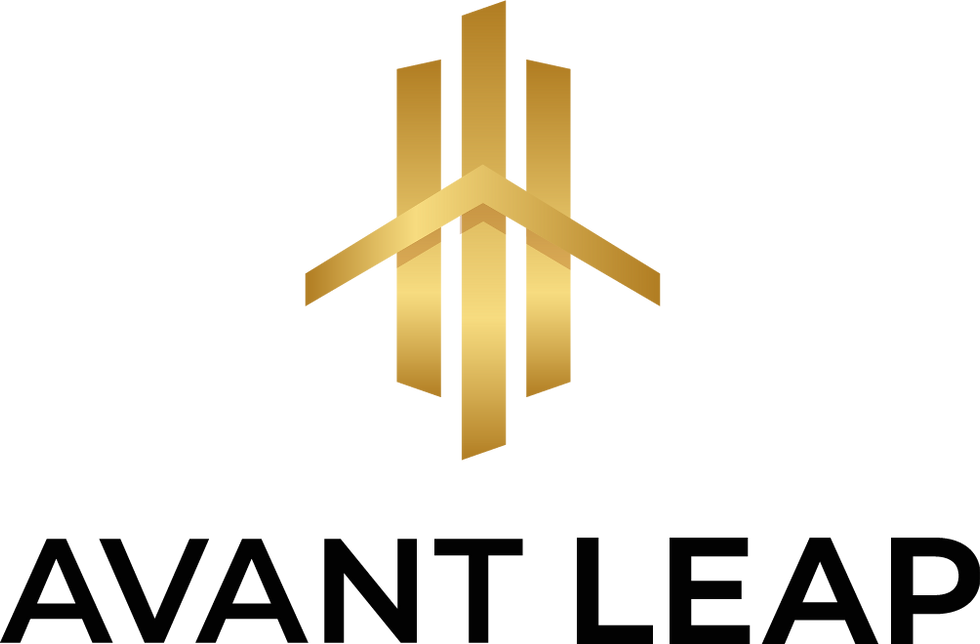Achieving LEED Compliance with AI: The Future of Smart Certification by 2025
- Enrique Galicia
- Dec 27, 2024
- 3 min read


LEED Certification Meets the Tech of 2025
In 2025, LEED certification will go beyond sustainability—it will become a tech-driven standard for smarter construction. Achieving compliance will rely heavily on Artificial Intelligence (AI), enabling architects and engineers to navigate complex requirements with precision, speed, and adaptability.
The integration of AI and advanced BIM tools will redefine how teams approach LEED certification, automating processes, predicting risks, and ensuring compliance in real time, all while aligning with global environmental goals.
Challenges in LEED Certification Today
While LEED certification has set benchmarks for sustainable building, it comes with significant challenges:
Overwhelming Data RequirementsTeams must manage and analyze vast amounts of information on energy, materials, and water usage—manually consolidating this is inefficient and error-prone.
Compliance ComplexityLEED’s multifaceted criteria require continuous tracking and validation across project phases, often slowing down timelines.
Reactive WorkflowsMany teams only identify compliance gaps late in the process, leading to rework and delays.
The Role of AI in LEED Compliance by 2025

AI will transform LEED certification from a manual, time-consuming process into an automated, proactive workflow. Here’s how:
1. Automated Data Management
AI tools will consolidate and analyze project data, eliminating the need for manual aggregation.
Example: AI-powered BIM platforms will auto-generate reports for energy modeling, material tracking, and waste management in minutes.
2. Real-Time Compliance Insights
AI algorithms will monitor project data continuously, flagging compliance risks and offering real-time solutions.
Impact: Engineers can adapt designs dynamically to meet LEED criteria without halting progress.
3. Predictive LEED Scoring
By 2025, AI will simulate design scenarios to predict their impact on LEED scores, helping teams optimize early.
Example: AI might recommend switching to alternative building materials to increase points in the Materials and Resources category, ensuring maximum compliance before construction starts.
What LEED Certification Will Look Like in 2025
AI integration will redefine how projects achieve LEED certification:
Smarter Systems Integration:AI will connect IoT sensors with BIM models, providing live updates on energy consumption and water usage throughout construction and occupancy.
Proactive Design Adjustments:AI tools will enable architects to make real-time adjustments to improve energy efficiency, reduce embodied carbon, and maximize water savings.
Post-Certification Optimization:Digital twins powered by AI will ensure buildings continue meeting LEED standards post-occupancy by dynamically optimizing systems.
Vision: LEED workflows will shift from static documentation to live, evolving ecosystems, where AI ensures sustainability targets are met long after certification
Case Study: Linda’s AI-Powered LEED Platinum Project

Linda, an architect working on a high-tech office campus, leveraged AI to streamline LEED certification:
Automated Reporting: AI tools cut documentation time in half, producing accurate reports on energy efficiency and material sustainability.
Predictive Risk Assessment: Early analysis flagged potential compliance gaps in HVAC efficiency, allowing adjustments before construction began.
Dynamic Energy Optimization: AI simulations improved the campus’s overall energy efficiency by 30%, earning the maximum LEED points for energy performance.
The result? Linda’s project achieved LEED Platinum certification ahead of schedule and under budget, setting a new benchmark for smart compliance.
Preparing for 2025: What Teams Can Do Now
To stay competitive in 2025, AECO professionals must begin integrating AI into their workflows today. Key steps include:
Adopt AI-Powered Tools: Invest in BIM platforms with built-in AI capabilities for reporting, simulation, and compliance tracking.
Train Teams on AI Workflows: Upskill your workforce to leverage AI tools effectively, reducing the learning curve.
Integrate IoT for Real-Time Data: Combine AI with IoT sensors to collect live performance data and ensure continuous compliance.
Focus on Predictive Metrics: Use AI to test design scenarios and align them with LEED goals from the start.
By 2025, LEED certification will no longer be a time-consuming burden—it will be a streamlined, AI-driven process that aligns with the future of smart, sustainable construction.
AI will empower teams to achieve compliance faster, with greater precision, and with a clear focus on delivering greener, smarter buildings that exceed global standards.
👉 Ready to prepare for the future?
FOLLOW US:
Subscribe to our Blog to .....



Comments